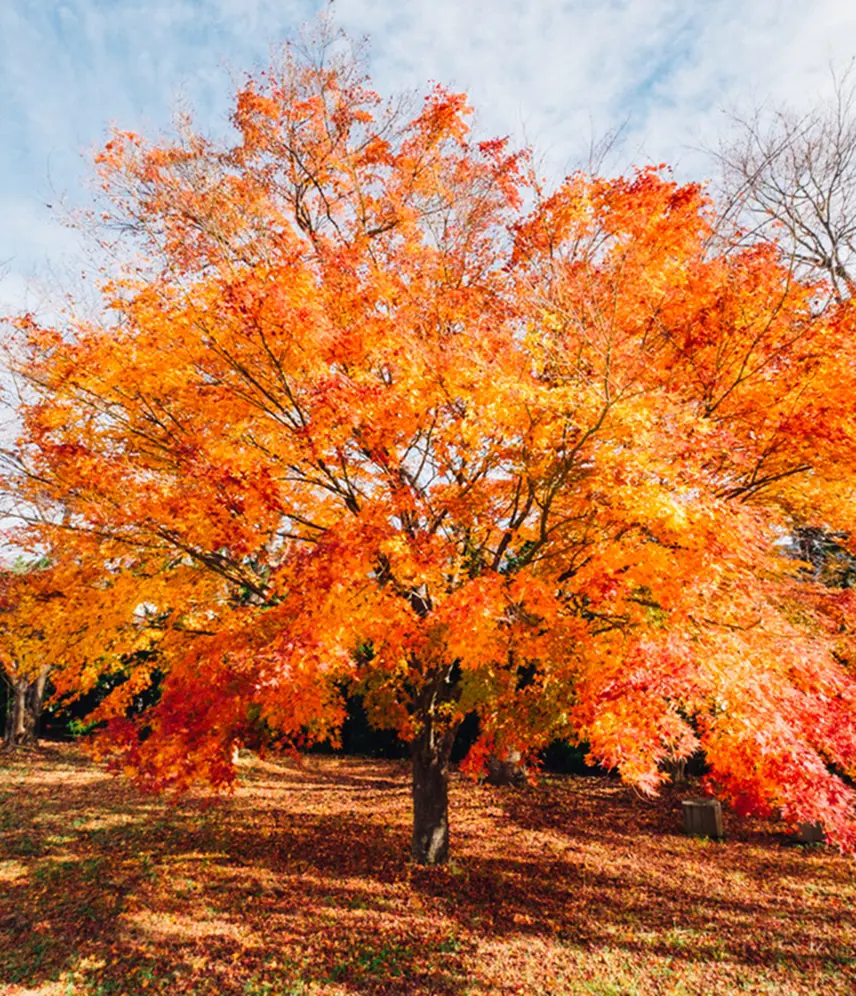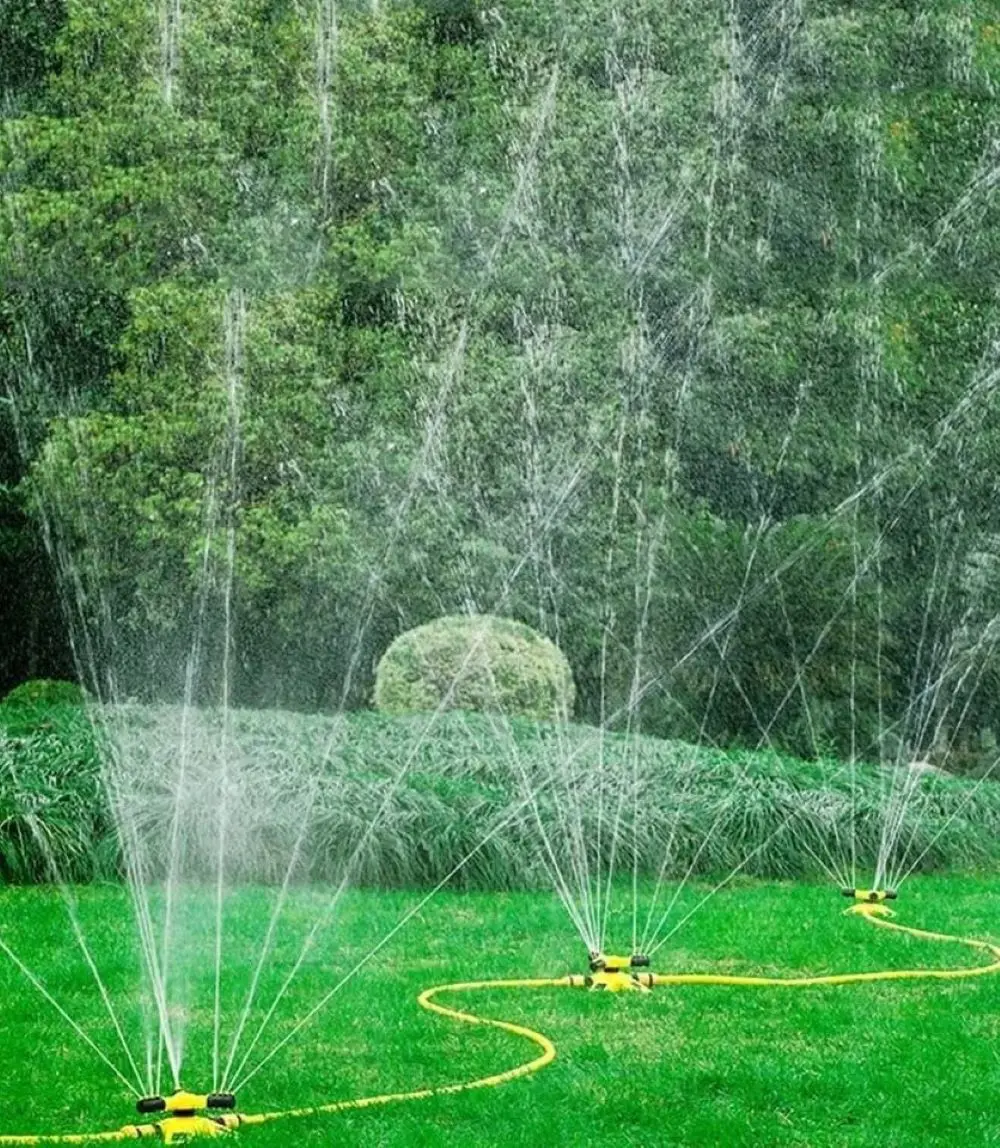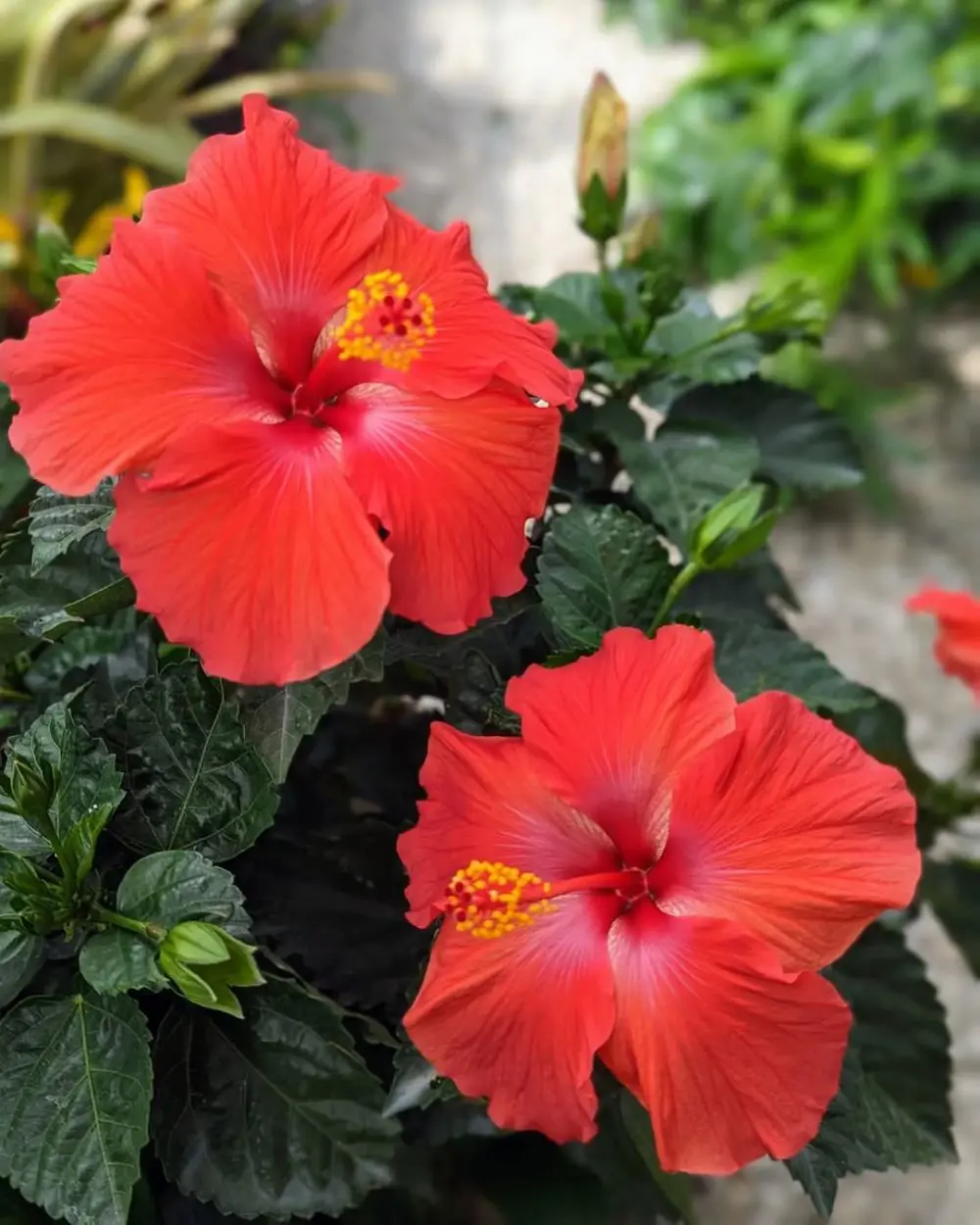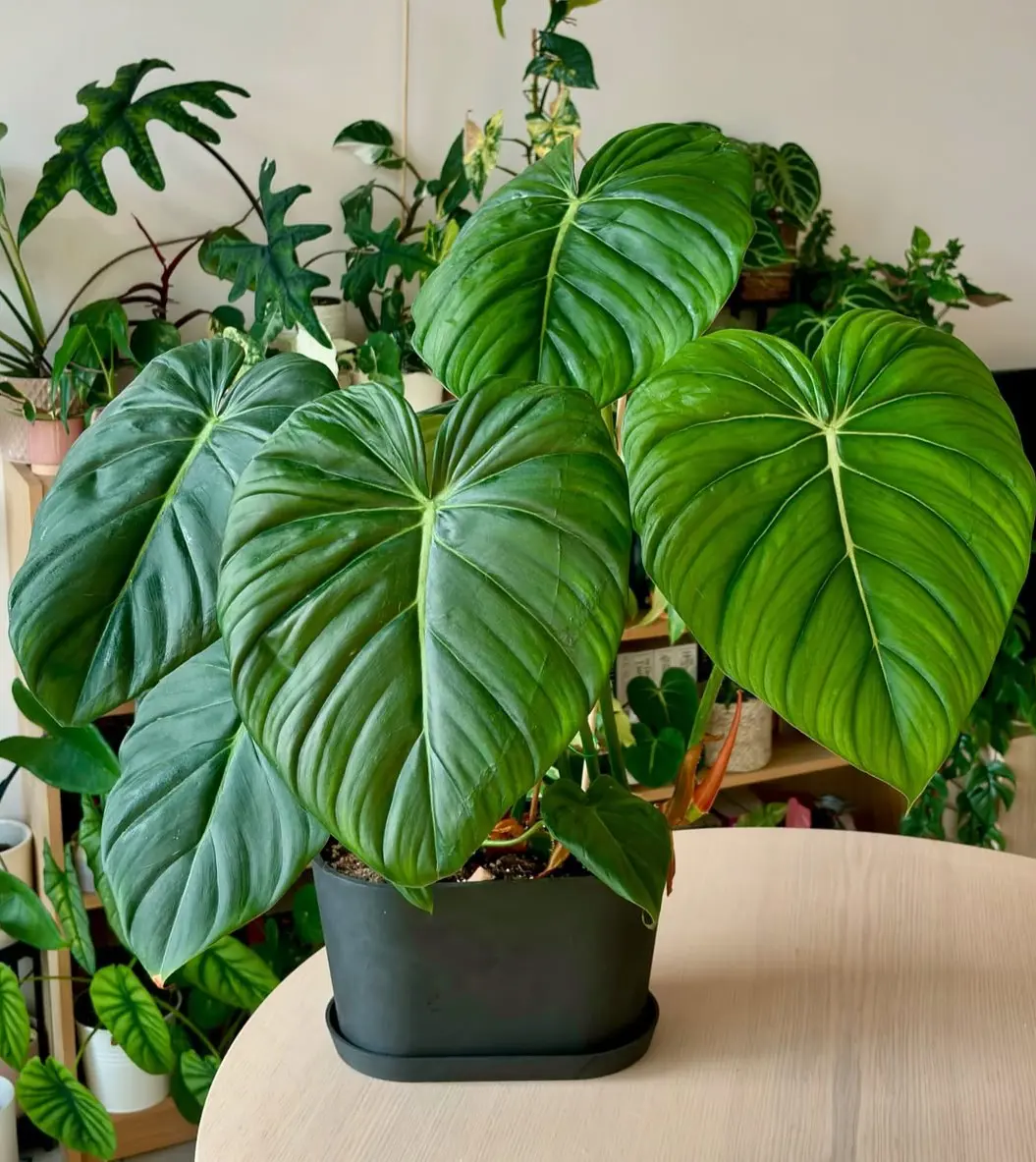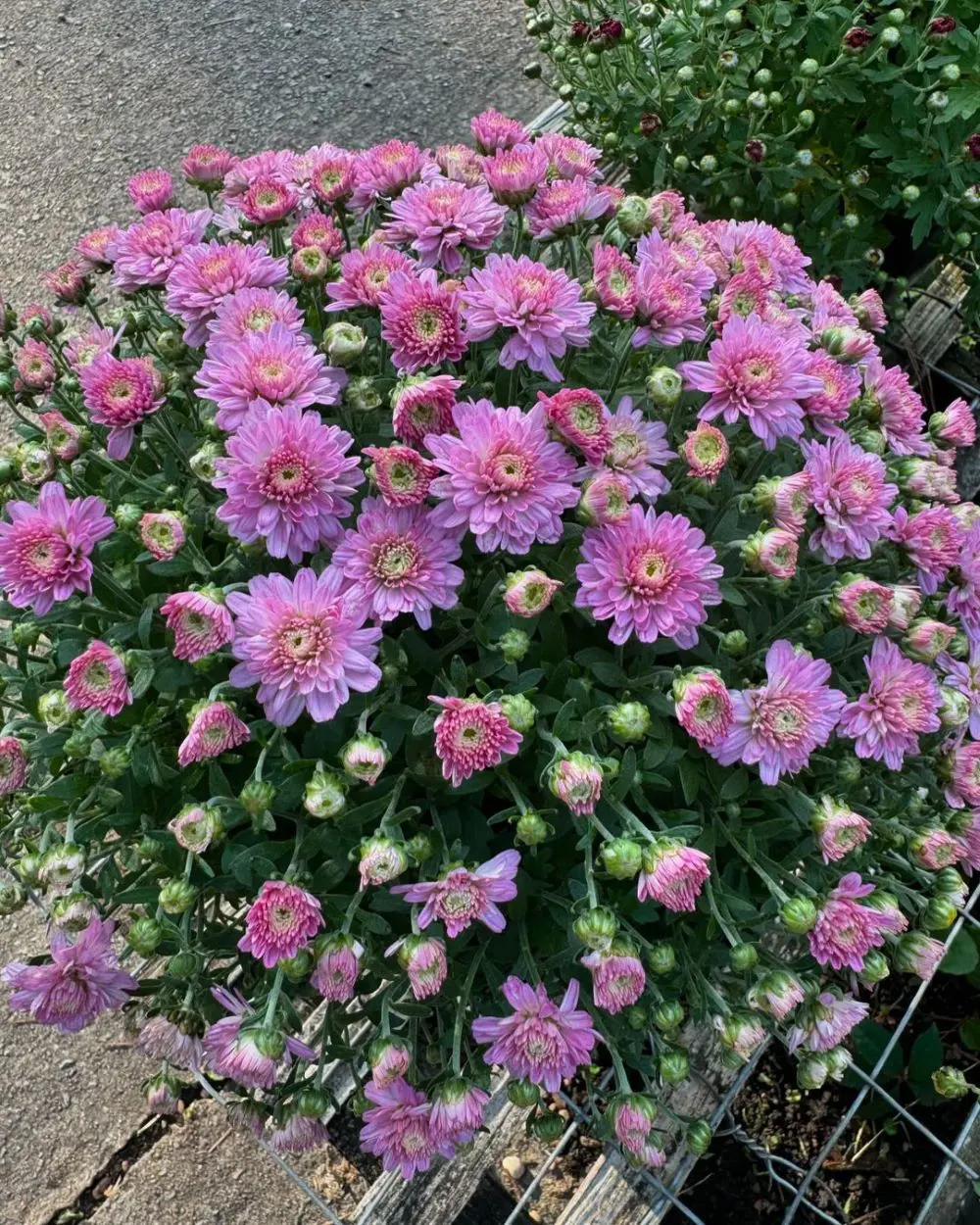Pruning a Japanese maple tree, with its delicate, intricate branches and vibrant foliage, is both an art and a science. Understanding how and when to prune these elegant trees is crucial for maintaining their health, structure, and aesthetic appeal.
In this article we explore the best practices for pruning Japanese maples, offering step-by-step guidance to help gardeners and landscape enthusiasts enhance the natural beauty of these iconic trees while ensuring their long-term vitality.
Whether you are a novice or an experienced horticulturist, our comprehensive tips will equip you with the knowledge to prune Japanese maples effectively and confidently.
Understanding Japanese Maple Trees
Before diving into the specifics of pruning, it’s essential to understand the characteristics and growth habits of Japanese maple trees. These trees come in various shapes and sizes, from small, compact varieties perfect for container planting to larger, more expansive specimens.
Their leaves, which can be deeply lobed and come in a spectrum of colors from green to red to purple, are a defining feature. Japanese maples are deciduous, shedding their leaves in the fall and entering a dormant period in winter.
Why Prune Japanese Maples?
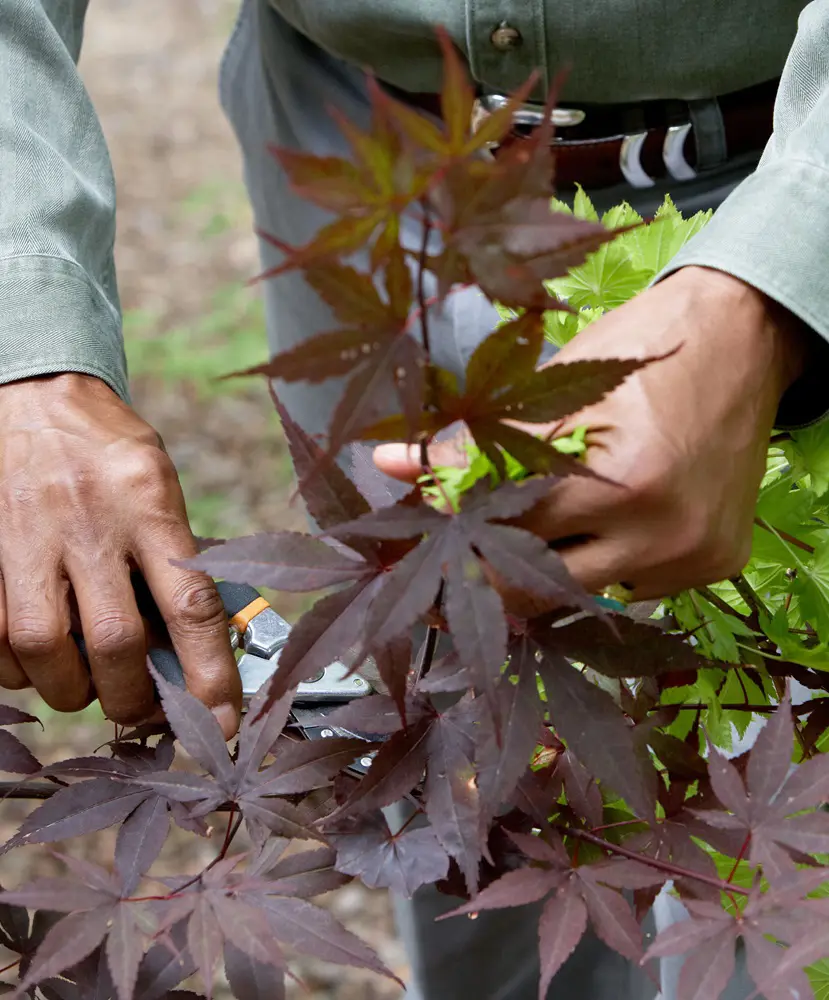
Pruning serves several vital purposes:
- Health and Vigor: Removing dead, diseased, or damaged branches helps prevent the spread of disease and pests.
- Structural Integrity: Pruning can correct structural issues, such as crossing branches, which can cause wounds and subsequent decay.
- Aesthetic Appeal: Pruning enhances the natural shape and beauty of the tree, allowing its intricate branch patterns to be more visible.
- Size Management: For trees in confined spaces or containers, pruning helps maintain an appropriate size and shape.
When to Prune Japanese Maples?
Timing is crucial when it comes to pruning Japanese maples. The best times to prune are during the tree’s dormant period in late winter or early spring and in mid-summer.
-
Late Winter/Early Spring: Pruning during dormancy, before the buds break, is ideal because the tree is not actively growing, and the risk of sap loss is minimized. This timing allows for a clear view of the tree's structure and helps in making precise cuts.
-
Mid-Summer: Light pruning can be done in mid-summer when the tree is in full leaf. This timing allows for the removal of small, undesirable branches and helps manage the tree's shape without stimulating excessive new growth.
Avoid pruning in late spring, when the sap is rising, as this can cause excessive bleeding, and in late summer and fall, as new growth stimulated by pruning may not harden off before winter.
Tools for Pruning Japanese Maples
Using the right tools is essential for making clean cuts and avoiding damage to the tree. The basic tools include:
- Hand Pruners: Ideal for small branches up to 1/2 inch in diameter. Bypass pruners are preferred over anvil pruners for making clean cuts.
- Loppers: Suitable for branches up to 1 1/2 inches in diameter. Long handles provide leverage, making it easier to cut thicker branches.
- Pruning Saw: Necessary for larger branches. A folding saw is convenient for maneuverability.
- Disinfectant: Keeping tools clean and disinfected (using isopropyl alcohol or a bleach solution) between cuts, especially when dealing with diseased wood, prevents the spread of pathogens.
Steps to Prune Japanese Maples
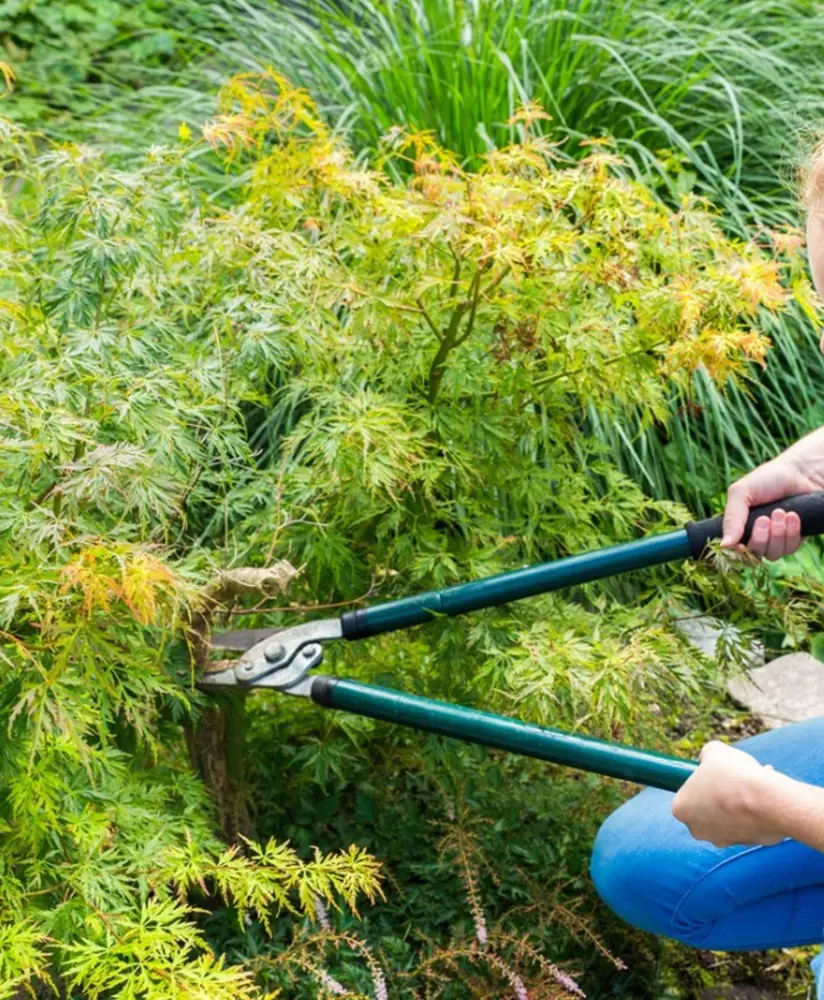
Pruning Japanese maples involves a thoughtful, methodical approach. Here’s a step-by-step guide:
-
Assess the Tree: Before making any cuts, take a step back and assess the tree's overall shape and structure. Identify any problem areas, such as dead or diseased branches, crossing limbs, or areas of dense growth.
-
Remove Dead, Diseased, or Damaged Wood: Begin by removing any dead, diseased, or damaged branches. These can be cut back to healthy wood or to the branch collar (the swollen area where the branch joins the trunk).
-
Thin Out Dense Areas: Japanese maples can become dense, with overlapping branches. Thinning out these areas allows light and air to penetrate, reducing the risk of disease and improving the tree's appearance. Focus on removing smaller, less significant branches first.
-
Shape the Tree: After thinning, shape the tree by selectively removing branches to enhance its natural form. Aim to maintain the tree's inherent structure, whether it’s upright, weeping, or spreading. Avoid drastic changes that can stress the tree.
-
Shorten Long Branches: Long, overextended branches can be shortened to maintain the tree’s proportion. Make cuts just above a lateral branch or bud, ensuring that the new growth will follow the desired direction.
-
Step Back and Reassess: Periodically step back to reassess the tree’s appearance. This helps maintain a balanced, natural look and prevents over-pruning.
Special Considerations for Pruning
-
Weeping Varieties: For weeping Japanese maples, focus on maintaining their cascading form. Remove any branches that disrupt the weeping habit or touch the ground.
-
Dwarf Varieties: Dwarf Japanese maples require minimal pruning. Remove only the necessary dead or crossing branches to maintain their compact form.
-
Grafted Trees: Many Japanese maples are grafted. Be cautious not to prune below the graft union, as this can lead to unwanted growth from the rootstock.
Common Pruning Mistakes to Avoid
-
Over-Pruning: Removing too much foliage can stress the tree, leading to weak growth or even death. A good rule of thumb is to never remove more than 25% of the tree’s canopy in a single year.
-
Improper Cuts: Avoid leaving stubs or making flush cuts. Always cut back to a lateral branch, bud, or the branch collar to promote proper healing.
-
Timing Errors: Pruning at the wrong time can lead to excessive sap loss, poor wound healing, or stimulating new growth that can be damaged by frost.
-
Neglecting Tool Maintenance: Dull or dirty tools can cause ragged cuts and introduce diseases. Keep tools sharp and clean.
Additional Care Tips for Japanese Maples
Pruning is just one aspect of maintaining a healthy Japanese maple. Here are some additional care tips:
-
Watering: Japanese maples prefer consistent moisture. Water deeply during dry periods but avoid waterlogging the roots.
-
Mulching: Apply a layer of mulch around the base of the tree to conserve moisture, regulate soil temperature, and prevent weed competition. Keep mulch away from the trunk to prevent rot.
-
Fertilizing: Use a balanced, slow-release fertilizer in early spring. Avoid over-fertilizing, which can lead to excessive growth and weaken the tree.
-
Pest and Disease Management: Regularly inspect the tree for signs of pests or diseases, such as aphids, scale, or fungal infections. Treat issues promptly with appropriate methods.
Advanced Pruning Techniques
For those looking to take their pruning skills to the next level, consider the following advanced techniques:
-
Crown Raising: This involves removing lower branches to elevate the tree's canopy, which can be useful in landscape designs where under-canopy space is desired.
-
Crown Reduction: This technique reduces the overall height and spread of the tree. It should be done carefully to maintain the tree's natural form.
-
Espalier: Training a Japanese maple to grow flat against a wall or trellis can create a unique and space-saving display. This requires regular pruning and training of young branches.
-
Bonsai Techniques: Some gardeners apply bonsai techniques to Japanese maples, shaping them into miniature trees. This requires precise pruning, wiring, and root maintenance.
Pruning and Climate Considerations
Climate plays a significant role in the care and pruning of Japanese maples. Here are some regional considerations:
-
Cold Climates: In colder regions, it’s crucial to prune before the onset of severe winter weather to avoid damage from freezing temperatures. Protect young trees with burlap or tree wraps.
-
Hot Climates: In warmer regions, avoid heavy pruning in the heat of summer, as this can stress the tree. Provide extra water during hot, dry periods.
-
Humid Climates: High humidity can increase the risk of fungal diseases. Ensure good air circulation through proper thinning and spacing of branches.
Japanese Maple Varieties and Pruning Needs
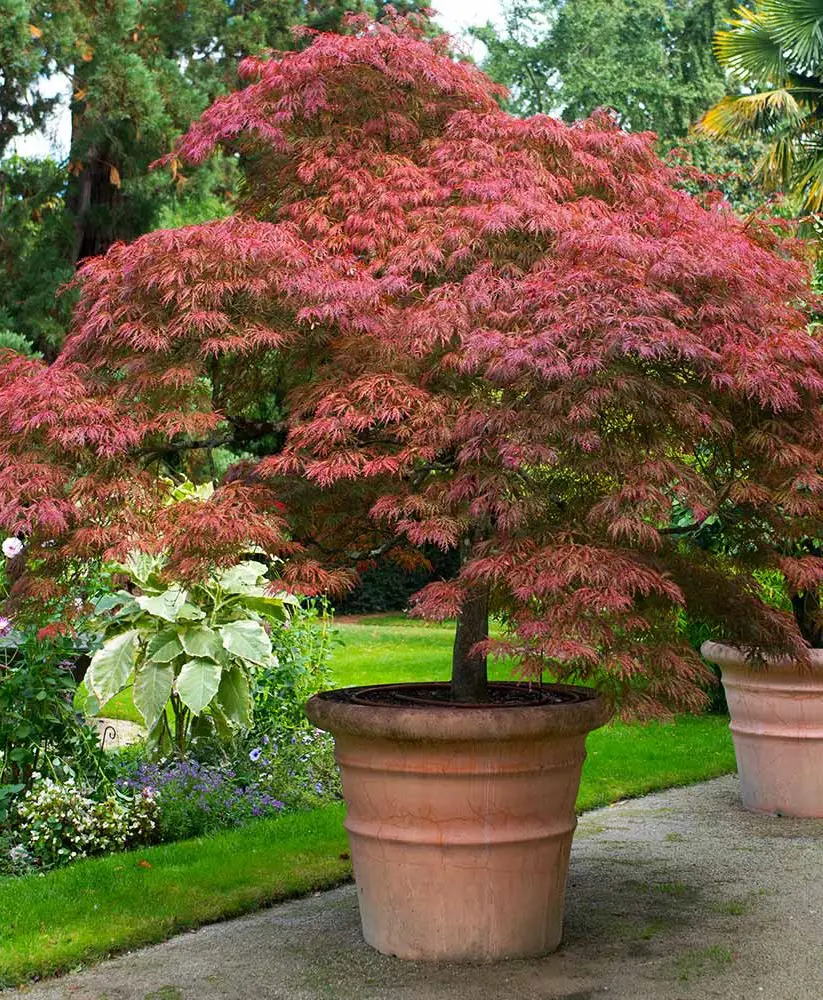
Different varieties of Japanese maples may have specific pruning needs. Here’s a look at a few popular varieties:
-
Acer palmatum 'Bloodgood': This upright variety benefits from annual thinning to enhance its natural shape and reduce dense growth.
-
Acer palmatum 'Crimson Queen': A weeping variety that requires careful pruning to maintain its cascading form. Remove any branches that disrupt the weeping habit.
-
Acer palmatum 'Sango-kaku': Known for its coral-red bark, this variety can become quite dense. Thinning out older wood highlights its colorful stems.
-
Acer palmatum 'Shishigashira': Also known as the Lion's Head maple, this variety has dense, clustered foliage. Prune to open up the interior and reduce congestion.
FAQs
When is the best time to prune my Japanese maple tree?
The ideal times to prune Japanese maples are during their dormant period in late winter or early spring, and in mid-summer. Late winter or early spring pruning allows you to see the tree's structure clearly without the distraction of leaves and minimizes sap loss.
Mid-summer pruning can help shape the tree and manage minor growth without stimulating too much new growth.
How much of the tree can I safely prune at one time?
To avoid stressing the tree, never remove more than 25% of the tree’s canopy in a single year. Over-pruning can weaken the tree and make it more susceptible to diseases and pests. Focus on gradual pruning over several seasons for major structural changes.
What are the signs that my Japanese maple needs pruning?
Key indicators include dead, diseased, or damaged branches, crossing or rubbing branches, areas of dense growth that block light and air, and any branches that disrupt the desired shape of the tree. Regular inspection helps identify these issues early.
What tools do I need for pruning a Japanese maple, and how should I maintain them?
Essential tools include hand pruners for small branches, loppers for medium-sized branches, and a pruning saw for larger branches. Keep tools sharp and clean to make precise cuts and prevent the spread of disease.
Disinfect tools between cuts, especially when dealing with diseased wood, using isopropyl alcohol or a bleach solution.
Can I prune my Japanese maple in the fall?
Pruning in the fall is not recommended. Fall pruning can stimulate new growth that may not harden off before winter, leading to damage from frost. It's best to wait until late winter or early spring when the tree is dormant, or do light pruning in mid-summer.
How do I prune a weeping Japanese maple to maintain its form?
To preserve the cascading form of a weeping Japanese maple, focus on removing any branches that disrupt the weeping habit or touch the ground. Thin out dense areas to allow light and air to penetrate and avoid removing too much at once. Always prune back to a lateral branch or bud that continues the weeping pattern.
